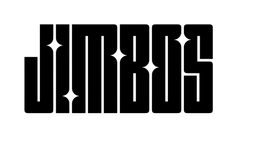How Pad Choice Affects Compounding vs Polishing Results
The most overlooked variable in paint correction isn’t your compound or polish—it’s your pad. A polish can cut like a compound with the right pad. A compound can finish like a polish if you tune your setup.
In this post (and the video below), I’ll show you how pad choice plays a huge role in compounding vs polishing—and how Picture Perfect Polish is designed to work across the full pad spectrum.
Understanding Pad Types
Here’s how different pad types affect performance:
- Microfiber Pads: Fast cut, great for defect removal, but can leave haze
- Foam Cutting Pads: Good cut, more control, better finish than microfiber
- Polishing Pads: Softer cut, smoother finish, better for soft paint
- Finishing Pads: Minimal cut, used for final gloss or jeweling
What I Use with Picture Perfect Polish
Picture Perfect Polish was designed to be pad-dependent. That means it changes behavior based on what you pair it with.
Here’s how it performs:
- Microfiber or wool: Maximum correction for hard paint
- Cutting foam pad: One-step correction with gloss and clarity
- Polishing pad: Finish down beautifully on soft or dark paint
One Polish. Infinite Pad Options.
- Use with cutting or finishing pads
- Perfect for one-step correction systems
- No dusting. Long work time. Easy wipe-off.
Tuned for flexibility. Built for pros and enthusiasts alike.
Pro Tip: Match Pad to Paint and Defect Type
Start with a test spot and choose your pad based on the paint system, defect severity, and gloss goals. With the right polish and pad combo, you can skip multiple steps and still get a flawless finish.



